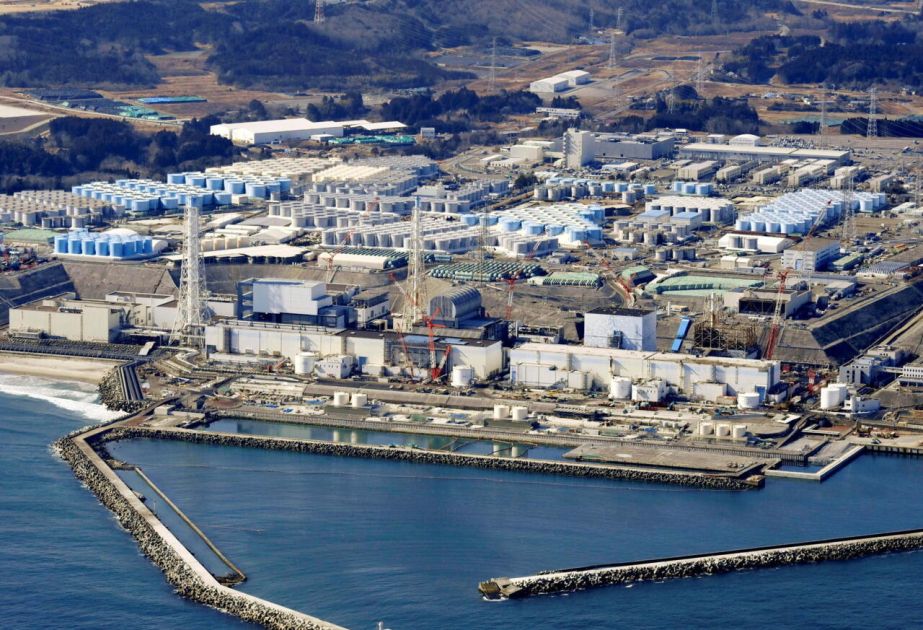WNAM REPORT: The process of emptying the reservoirs at the Fukushima nuclear power plant, which was severely impacted by the 2011 tsunami, is set to begin on February 13, as per reports.
TEPCO, the company that owns the reactor, has issued an official statement regarding the operation. Currently, around 1.3 million tons of water, used for cooling purposes, have been collected in the plant’s storage facilities. While the water has undergone multiple rounds of treatment to remove contaminants, it has not yet been released into the ocean. The International Atomic Energy Agency (IAEA) has confirmed that the water is safe for the environment and poses no significant risk.
It’s important to note that the Fukushima nuclear power plant suffered extensive damage during the catastrophic tsunami, which was triggered by the magnitude 9.0 earthquake that struck on March 11, 2011. The disaster led to the meltdown of three reactors, making it one of the most serious nuclear accidents in history.
The decision to release the treated water has been a subject of considerable debate and concern, both domestically and internationally. While the IAEA and Japanese authorities maintain that the release will be conducted in a controlled and environmentally safe manner, local fishing communities and neighboring countries have expressed ongoing concerns about potential environmental impacts.
This move also highlights the challenges of decommissioning nuclear power plants, particularly in the aftermath of disasters. The Fukushima plant’s clean-up is expected to take decades, with significant logistical and environmental hurdles still to overcome. As part of this process, the release of treated water is just one step in managing the long-term consequences of the disaster, and ongoing monitoring and transparent communication will be crucial in maintaining public trust.


